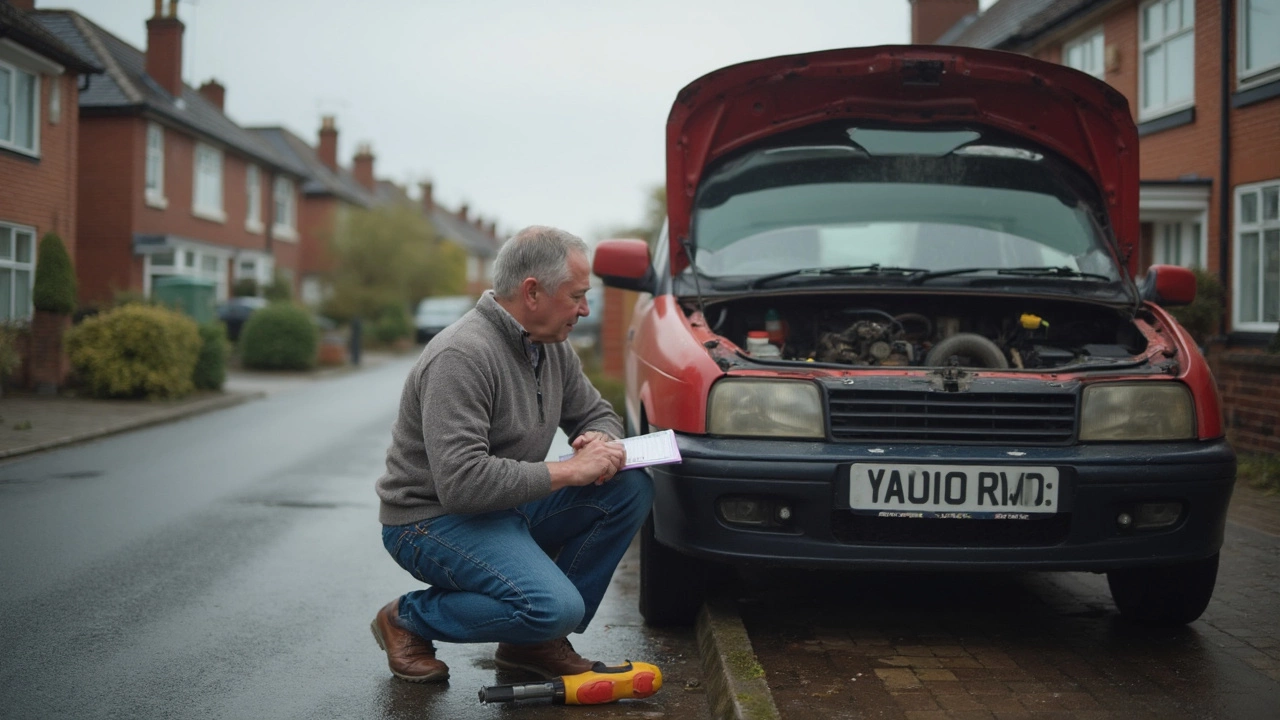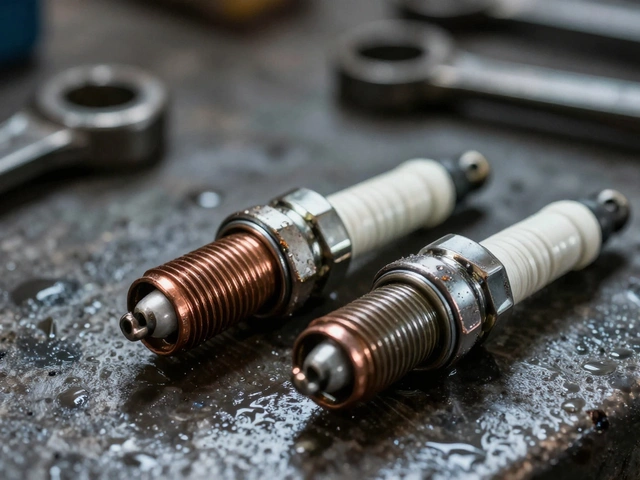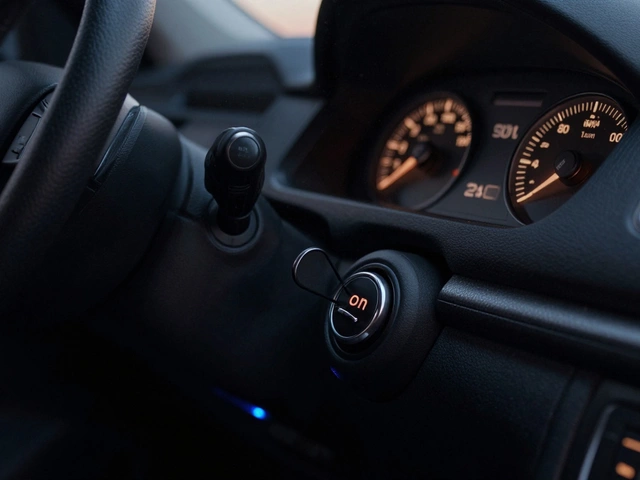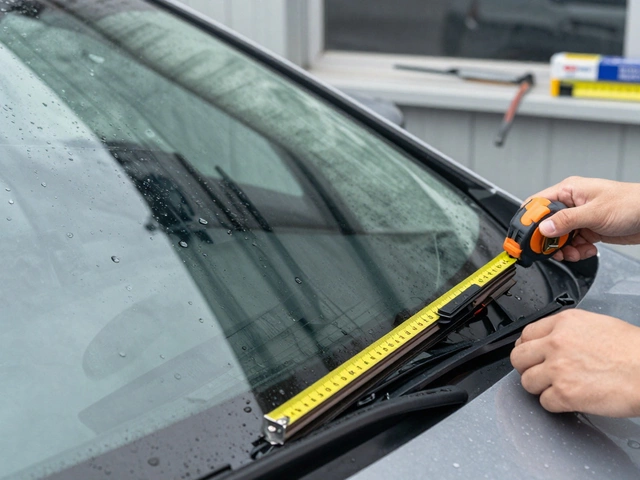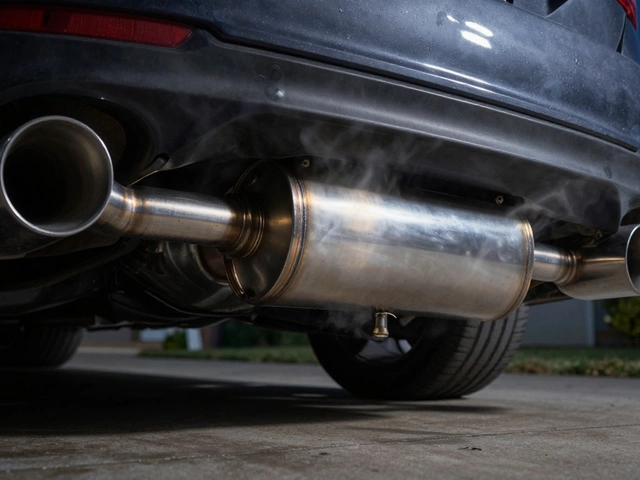Clutch Test: How to Spot Failing Clutch Signs and Avoid Costly Repairs
When your clutch test, a practical check to diagnose wear or failure in a car’s clutch system. Also known as clutch diagnosis, it’s the first step to avoiding a sudden breakdown or expensive transmission damage. Most drivers ignore early clutch warning signs until the pedal goes soft or the engine revs without moving. That’s when the real cost hits—not just the clutch kit, but possible damage to the flywheel, pressure plate, or even the gearbox.
A slipping clutch, a condition where the clutch fails to fully engage, causing engine RPM to rise without proportional speed increase is the most common failure. You’ll notice it when accelerating uphill, towing, or just merging onto the highway—your car feels like it’s losing power even though the engine sounds loud. A bad clutch, any clutch showing signs of wear, fluid leak, or misalignment that affects engagement doesn’t always scream for help. Sometimes it just feels off: harder to shift, grinding noises in first gear, or the pedal feeling higher than usual. These aren’t just inconveniences—they’re signals your clutch is nearing the end of its life.
Clutch problems often get mistaken for transmission issues, but they’re usually simpler and cheaper to fix—if caught early. A quick clutch test involves pressing the clutch while idling, shifting into second gear, then slowly releasing the pedal. If the engine doesn’t stall, your clutch is slipping. Another sign? A burning smell after heavy driving. That’s the friction material wearing out. And if your clutch pedal feels spongy or needs more travel to engage, air or fluid leaks might be the culprit.
It’s not just about how many miles you’ve driven. A clutch in a city car with constant stop-and-go can wear out in 40,000 miles. A highway cruiser might last 100,000. It depends on driving style, load, and whether you’ve been "riding" the clutch pedal. The good news? You don’t need a garage to spot the warning signs. You just need to pay attention.
In the posts below, you’ll find real-world guides on how to tell if your clutch is failing, what slipping feels like, when to replace the clutch kit, and how to avoid being upsold on unnecessary repairs. No theory. No jargon. Just what to look for, what to test, and when to call a pro. Whether you’re a DIYer or just want to know if your mechanic is being honest, these articles give you the facts you need to act before it’s too late.
